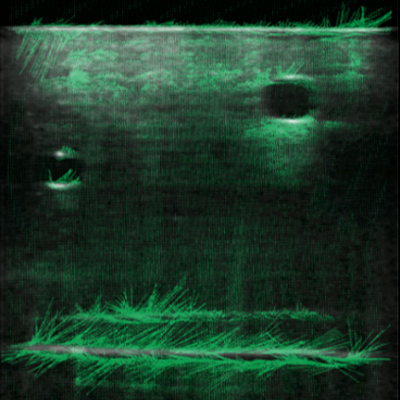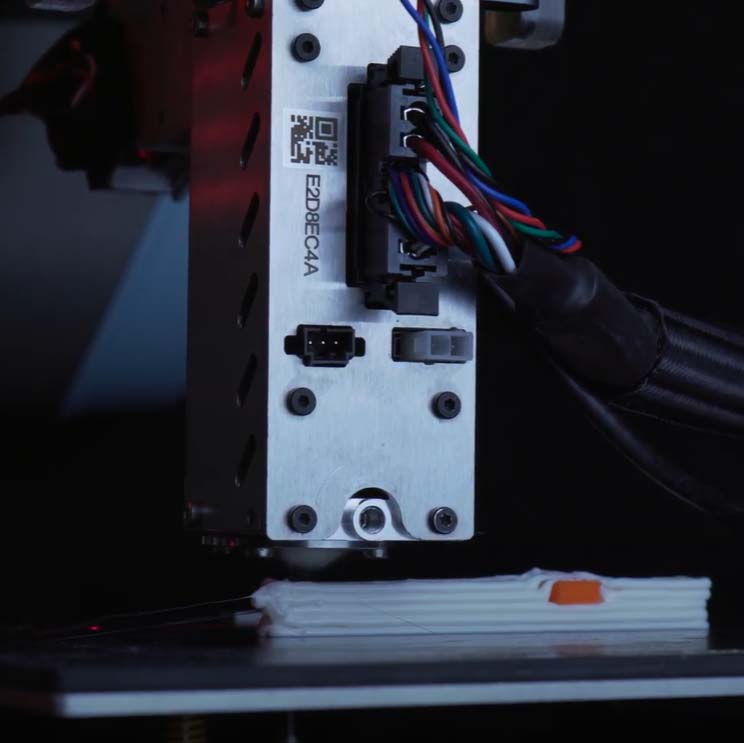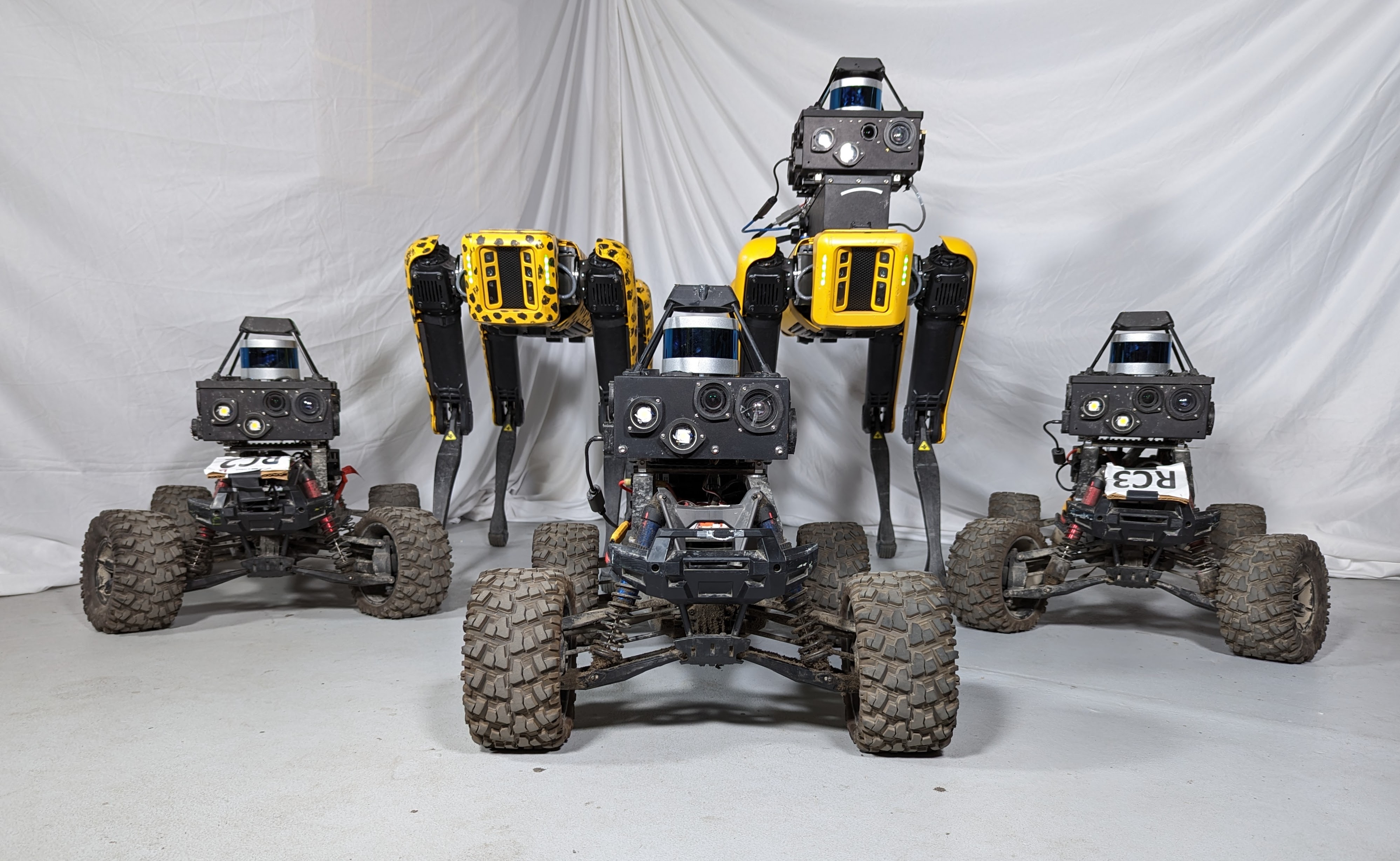Pipe SLAM
For Pipe Inspection, simultaneous localization and mapping (SLAM) can be used to reconstruct the pipe’s inner surface, providing a more comprehensive digital record of the pipes compared to conventional vision-only inspection. However, in narrow pipes, the sensing hardware and software used in most conventional methods suffer low localization and mapping accuracy. In terms of hardware, some methods are entirely unable to operate inside small pipes due to the limitation of minimal sensing range and bulky sensors. Algorithmically, the slower sensor motion in confined spaces can lead to insufficient IMU excitation and thus an incorrect metric scale or IMU bias initial estimation. The lack of visual and geometric features also poses a significant challenge to state estimation. Moreover, in environments where global positioning information is unavailable, any SLAM algorithm that only relies on spatially or temporally local measurements is likely to experience amplified odometry drift over the long run due to the accumulation of uncorrected dead-reckoning errors.

Built on top of our Confined-Space Sensing technology, we have developed an in-pipe SLAM solution that fuses a monocular camera (V), an inertial sensor (I), a ring-shaped laser profiler (L), and an additional Lidar (L) into a compact sensor package optimized for in-pipe operations. Our tightly-coupled sliding-window-based SLAM pipeline is fused with a combination of Lidar-based constraints derived from pipe geometric structure for long-term drift reduction. Real-world experiments in 12’‘-diameter natural gas pipes have shown our algorithm’s advantage compared to the performance of other state-of-the-art algorithms both in terms of long-distance localization accuracy and mapping quality.
Our recent efforts involve testing the sensor hardware and software in more diverse environments, which includes multiple pipe junctions and bendings. We are also building various In-Pipe Inspection Sensor Suite versions for different pipe diameters ranging from 12’’ or more down to 2’’. Meanwhile, we are also working on enabling loop-closure and adding hybrid topological-metric maps for larger-scale pipeline mapping and map abstraction.





